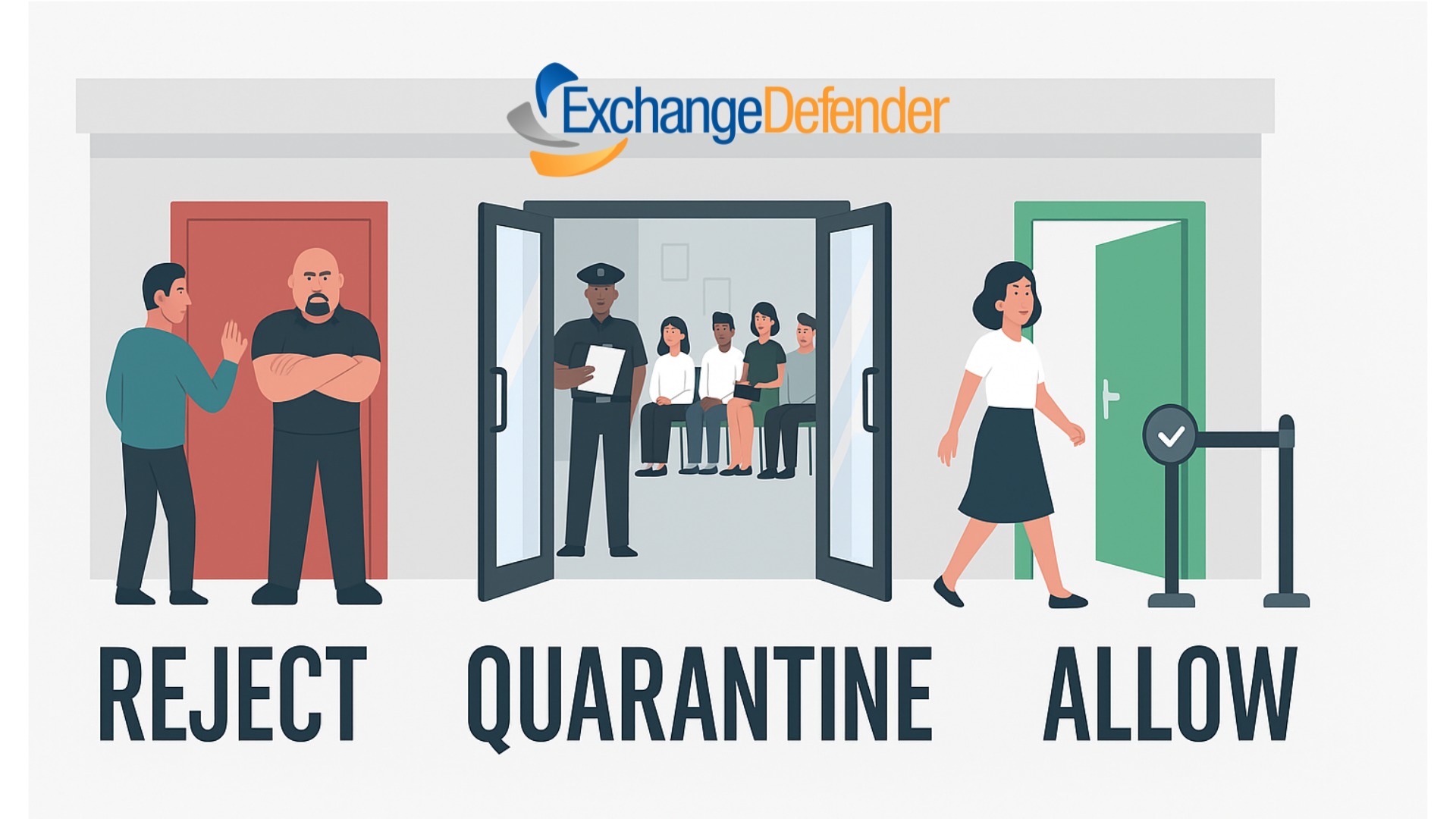My Notes On “The Prime Solution”
 The past couple of weeks I have taken it upon myself to help expand my sales/business knowledge by reading “The Prime Solution” by Jeff Thull. It’s a fairly easy read of about 200 or so pages sprinkled intermittently with stories of companies who have successfully implemented his techniques to not only win the sale, but increase revenues and in most cases even change the way they run their business. I personally found the book to be fairly repetitive at times, but I also found some techniques and exampled that screamed “Managed Service Provider!” So basically what I’ve done is condensed the book to give you guys somewhat of a summary if you will of what I read. Take a look at it (as you will spend far less time reading my summary then the actual book, and lets face it… Time is money) and next week I will do a follow up. I will basically be trimming the fat and pulling out the substance to where I believe we can actually apply The Prime Solution to our way of thinking in the MSP world to create more opportunities for sales, and a more mutually beneficial relationship with our clients.
The past couple of weeks I have taken it upon myself to help expand my sales/business knowledge by reading “The Prime Solution” by Jeff Thull. It’s a fairly easy read of about 200 or so pages sprinkled intermittently with stories of companies who have successfully implemented his techniques to not only win the sale, but increase revenues and in most cases even change the way they run their business. I personally found the book to be fairly repetitive at times, but I also found some techniques and exampled that screamed “Managed Service Provider!” So basically what I’ve done is condensed the book to give you guys somewhat of a summary if you will of what I read. Take a look at it (as you will spend far less time reading my summary then the actual book, and lets face it… Time is money) and next week I will do a follow up. I will basically be trimming the fat and pulling out the substance to where I believe we can actually apply The Prime Solution to our way of thinking in the MSP world to create more opportunities for sales, and a more mutually beneficial relationship with our clients.
Part One: SWALLOWED UP IN THE GAP
Ch. 1: The Elusive Prime Solution
This tells the story of IBM’s CEO Lou Gerstner’s influence on the company during his tenure. After a shocking loss in 1992, IBM was ready for the fresh new start. Gerstner’s background of IT systems made him privy to the fact that IBM’s target market had no concern of the actual commodities that was being sold, they wanted solutions. Gerstner in turn refocused the company with his implementation of “Global Services” which provided customer solutions to their problems and challenges by delivering on the value of promise. All in all, his vision accounted for 80% of the company’s growth during his term with IBM.
A solution failure occurs when the value promised to the customer is not achieved. This occurs several ways: 1.The product or service itself can’t deliver on the promise made. 2. The customer is unable to implement the technology properly. 3. The customers’ expectations have not yet been met. This hurts potential as well as future clients.
The Value Gap is often created by the frustration and animosity of trying to fill the gap between the promise of value and its ultimate fulfillment. The failure of this is impertinent to avoiding barriers that sellers will encounter.
Ch. 2: Three Eras of Value Dilution
The value gap is something that has been created overtime driven by the ever changing definition of the word value. Abrupt changes typically shoot up a red flag for us to make an adjustment, but slower changes over an extended period of time can leave us behind. Innovation and technology advances push sellers to add value to their offerings as a means to create advantage over their competitors. These advances, while impertinent, add to the complexity for all parties involved. Let’s look at this by exploring the changing definition of value over the years:
· Era 1: Obvious Value– (1950’s-1960’s) Businesses created a product and sales people went door to door trying to persuade people to buy it. Buyers easily understood the function of the product and easily saw the value it would present to their problems.
· Era 2: Augmented Value– (1970’s-1990’s) Products were sold with a range of possibilities stemming from generic, to fulfilling customers’ expectations, to exceeding customers expectations with added value. For the most part buyers still understood their own problems, but they need the sales person to ‘problem solve’ and show them that their expectations could be exceeded.
· Era 3: Complex Value– (1990’s-Present) Because of technology advances, buyers have a difficult time understanding their own needs, and problems. For the most part they know their goals but are unaware of how to achieve them. Sellers must help them diagnose, design, evaluate and implement the solution.
Ch.3: Five Barriers to Keeping Value Promises
Each barrier has a consequence and must be understood and addressed before closing the value gap.
· Relevancy Barrier: Sellers decide for themselves value in the service and apply this rule to all buyers, and are unable to actually produce meaningful value because of generalization
· Inflation Barrier: Sellers only sell the benefits and features and avoid their duty in walking the customer through the steps, and risks involved with achieving this value and completely undermine the business relationship.
· Comprehensive Barrier: Sellers assume that the customer fully understands their own problem and the complex solution being provided to them. This sets the customer up for failure with the solution. Comprehension only grows as the solution becomes more widespread.
· Dilution Barrier: Customer’s take control and approach the situation from a price based decision, and completely dilutes the value and benefits of the solution. Don’t let buyers strip the components out of your solution so that they can compare ‘apples to apples.’
· Implementation Barrier: Sellers leave the buyers ill equipped with the implementation of the solution and don’t take accountability when for their customer’s lack of value achievement.
To bring down these barriers, there are 3 main considerations to keep in mind:
1. The cause of the barrier is not to assign blame, but to overcome these obstacles and establish a relationship. The dilution(cost) barrier is often used because the buyer is afraid of getting taken advantage of.
2. On barrier often supports and reinforces another one. Always be prepared to address all five barriers.
3. The point where the consequences of a barrier manifest is often not where the collision takes place. It can flow from R&D, Manufacturing, Marketing, Sales, to Support. Overcoming all 5 barriers and closing the value gap involves participation at all levels.
Part Two: PRIME SOLUTIONS AND THEIR PROTOCOLS
Ch. 4: Value Leverage for Business Performance
Value maximization is the cornerstone. Sellers must identify the factors that are significantly affecting the customers, and show the absence of value, and link their solution as a strategy to fulfill the buyer’s ultimate goal. Define, address, and connect with value on the customers’ terms. Sellers must be able to point out all the components of a high quality decision including priorities, change, investment, commitment and risk.
The value impact of a Prime Solution is raised as it is able to connect to multiple customer business drivers:
· Financial– Either Revenues or Expenses
· Quality– Customer Satisfaction, Employee Satisfaction, Regulatory Compliance
· Competitive– Uniqueness or Availability
Georgia Pacific Resins, Inc (GPRI) is a somewhat of a commodity based company since they sell resins necessary for paper quality optimization. After dealing with clients that were only concerned with the best price, GPRI took their organization to the process level and now tailor makes the resin for clients depending on the need to help optimize their production, leveraging the value of their solution.
Ch. 5: Multiple Decisions, Mutual Understandings & Ch.6: Effective Execution, Measurable Results
Business managers are usually not well equipped to make high-quality decisions. Sellers combat this situation with either a reactive, proactive, or interactive relationship level. The most effective of the three relationships is interactive. This is where the seller helps expand the customers understanding of their own problem, and makes them fully aware of their alternatives. Seller must show them the incentive to change and give them the confidence to invest. You must make them recognize the negative cost associated with not implementing the solution, or they will have no incentive to change.
High-quality decisions involve decisions about priorities, change, investment, commitment and risk. Provide them with the tools they need to measure their results and justify the risk. Act as Partners during implementation and help with tactics, leveraging the value of your solution.
Part Three: IN PERSUIT OF PRIME SOLUTIONS
Ch. 7: Creating The Prime Solution
A Prime Solution should enable your company to:
· Discover and research the companies that are most likely at a disadvantage without your solution.
· Diagnose the problem, close the performance gap by involving your solution, and give them the confidence and knowledge to make the change.
· Design solutions that minimize the risk of change, maximize their return on investment, and provide them with the confidence to invest.
· Deliver measured results and establish the promise of value made to your customers.
Ch. 8 Marketing The Prime Solution
This marketing strategy will prevent the no sale scenario:
The problem with solution based differentiation is when dealing with complex products the customer just wants the best solution.
Diagnostic marketing will allow you to solve your customers most complex problems. This is the most effective method for complex solutions in the market.
When advancing the progression of change you must remember that people are more resistant to change unless the pain experienced by staying is greater than the pain of changing.
There are four tenses of marketing:
· Positive present is describing the customer’s situation in positive terms.
· Positive future is the customers’ need for a better future.
· Negative future is the dangers the customer might face one day.
· Negative present is the current problems or bad situations.
Complex solutions need extensive change there for negative-present tense are the most effective.
Ch.9 Selling The Prime Solution
When selling the prime solution:
It should always be a “win” for the seller. From the customers point of view it is another expense and a preserved loss if the value is not achieved.
A high quality decision is the goal of the sale. It’s based on an honest, thorough and rational evaluation between the seller solution and the customer’s problem.
Ch.10 Delivering on The Prime Solution
Having the ability to accept and deal with change is the main competency implementing The Prime Solution. Accepting change not only from your perspective but also from the customers as well. Yes you are dealing with the ever morphing definition of value, and technology advancements, bur customer is dealing with a lot more changes that you are accountable for making as smooth as possible.
To ensure a successful change management process is implemented it must meet at least two of the following criteria:
· Adaptability– This should be based somewhat on the customers input, and design customized strategies for change.
· Technology– The technology should have no bugs, when implementing the solution for the customer it should in no way disrupt their existing technology.
· Process-The implementation should be a smooth process, one which has been thoroughly mapped out addressing any problems that may occur downstream.
· People– it must address the physical skill and the behavior of the people that the solution is meant for.
Kind Regards,
Shannon Brewer



